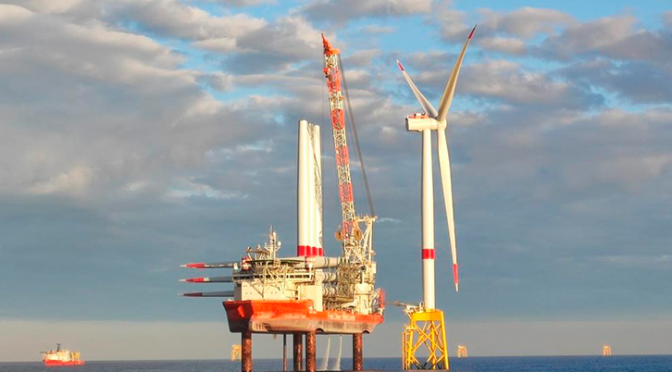Wind energy has been harnessed by humans for thousands of years, powering everything from sailboats to windmills for grinding grain. Today, wind turbines are an essential component of the global push towards renewable energy and a sustainable future. With the rapid advancements in wind turbine technology, the potential for wind energy to power our lives is greater than ever before.
One of the most significant innovations in wind turbine technology is the development of larger, more efficient turbines. In the past, wind turbines were limited in size and power output, but recent advancements have led to the creation of massive turbines capable of generating vast amounts of electricity. These larger turbines are not only more efficient, but they also have a smaller environmental footprint, as fewer turbines are needed to produce the same amount of energy. As a result, wind farms can be built with less impact on local ecosystems and wildlife.
Another critical advancement in wind turbine technology is the improvement in blade design. Engineers have been experimenting with various materials and shapes to optimize the efficiency of wind turbines. By using advanced materials like carbon fiber and innovative designs like twisted blades, wind turbines can now capture more wind energy and convert it into electricity. This not only increases the overall efficiency of the turbine but also allows for the generation of power at lower wind speeds, making wind energy a more reliable and consistent source of renewable energy.
The digital revolution has also had a significant impact on wind turbine technology. Advanced sensors and monitoring systems have been developed to collect real-time data on wind speed, direction, and other factors that affect the performance of wind turbines. This data can be used to optimize the operation of the turbines, adjusting the angle of the blades and the rotation of the turbine to maximize energy production. Furthermore, predictive analytics and machine learning algorithms can be employed to anticipate changes in wind patterns and make adjustments accordingly, ensuring that the turbines are always operating at peak efficiency.
Another promising innovation in wind turbine technology is the development of airborne wind energy systems. These systems utilize tethered kites or drones to capture wind energy at higher altitudes, where wind speeds are typically faster and more consistent. By tapping into this untapped resource, airborne wind energy systems have the potential to revolutionize the wind energy industry and significantly increase the global capacity for renewable energy production.
Finally, advancements in energy storage technology are also playing a crucial role in the future of wind energy. One of the primary challenges of renewable energy sources like wind and solar is their intermittent nature, as they depend on variable factors like wind speed and sunlight. By developing more efficient and cost-effective energy storage solutions, excess energy generated by wind turbines can be stored and used when needed, ensuring a stable and reliable supply of electricity.
In conclusion, the innovations in wind turbine technology are revolutionizing the renewable energy sector and paving the way for a more sustainable future. As these advancements continue to develop and mature, wind energy has the potential to become an even more significant player in the global energy landscape. By investing in research and development, supporting the growth of the wind energy industry, and embracing the power of wind, we can ensure a cleaner, greener future for generations to come.


